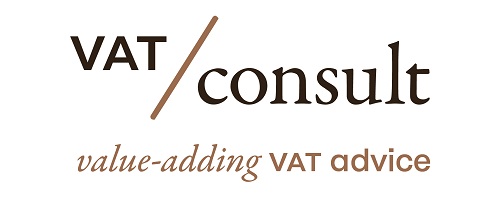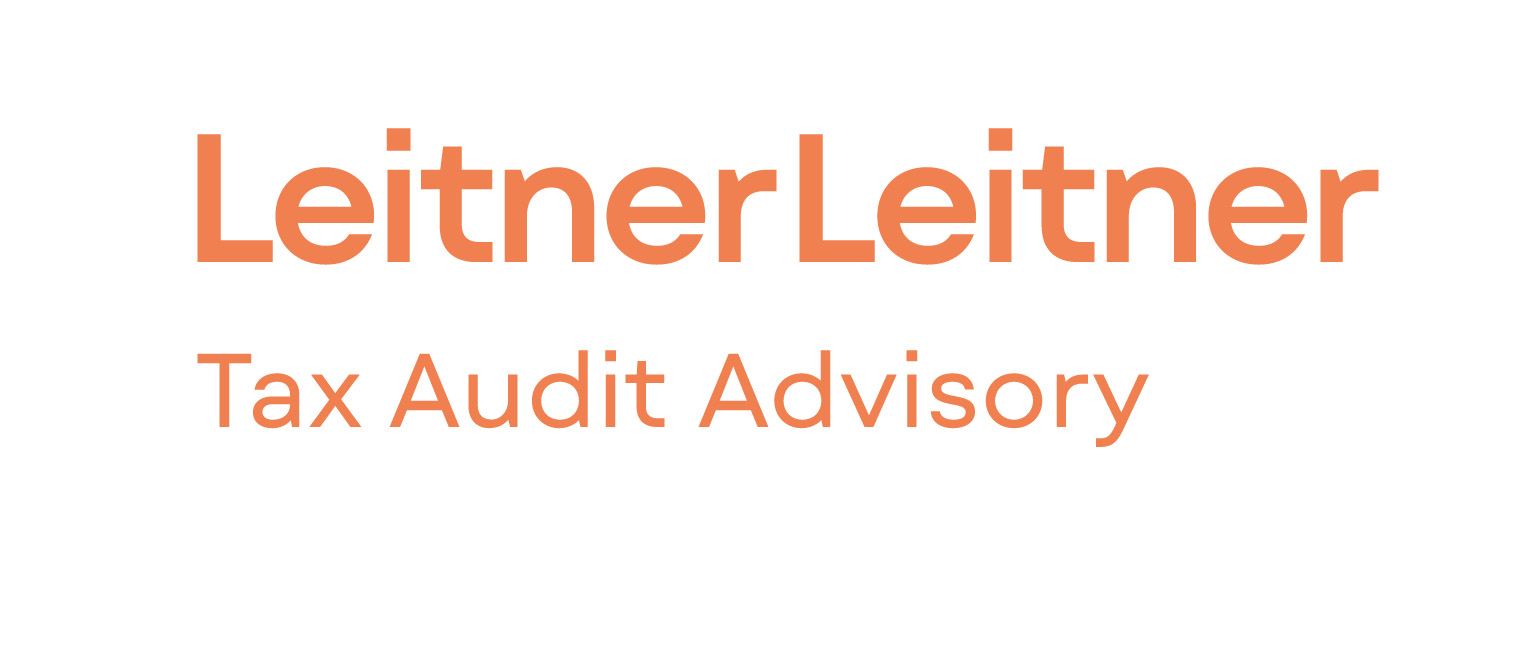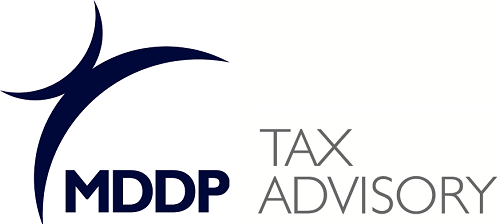- Real-Time Technology and VAT Compliance: The article argues that integrating real-time technology in VAT, specifically through e-invoicing and split payment systems, can significantly reduce the VAT Gap by ensuring compliance and enhancing data transparency for both business-to-consumer (B2C) and business-to-business (B2B) transactions.
- EU Legislative Framework and Implementation: The directive proposal on VAT in the Digital Age (ViDA) establishes a legal foundation for mandatory e-invoicing and near-real-time reporting, which aims to modernize the VAT system, moving it from retrospective reporting to a real-time framework, without necessitating further amendments to the VAT Directive.
- Future Steps for VAT Reform: The authors highlight that the introduction of a split payment mechanism, especially in high-risk sectors and in conjunction with e-invoicing, along with the potential for a micro VAT return, represents the future direction of VAT reform, fostering seamless taxation and improved revenue collection.
Source nlfiscaal.nl
Latest Posts in "European Union"
- Recent ECJ/General Court VAT Jurisprudence and Implications for EU Compliance (November 2025)
- Navigating VAT Exemptions: Recent ECJ Judgments and Their Implications for Intra-Community Transactions and Imports
- Review of the VAT treatment of Transfer Pricing adjustments
- EU VAT Rate Changes in 2026: Key Updates for Finland, Lithuania, and Germany
- Amazon Phases Out Commingling: New FNSKU Barcodes Reshape Fulfilment and VAT Compliance














